Obedience and Oblivion Michael Radford’s Vision of Orwell’s World
Explore the haunting vision of a totalitarian future in "Nineteen Eighty-Four" (1984), directed by Michael Radford. Rating: 7.0/10.
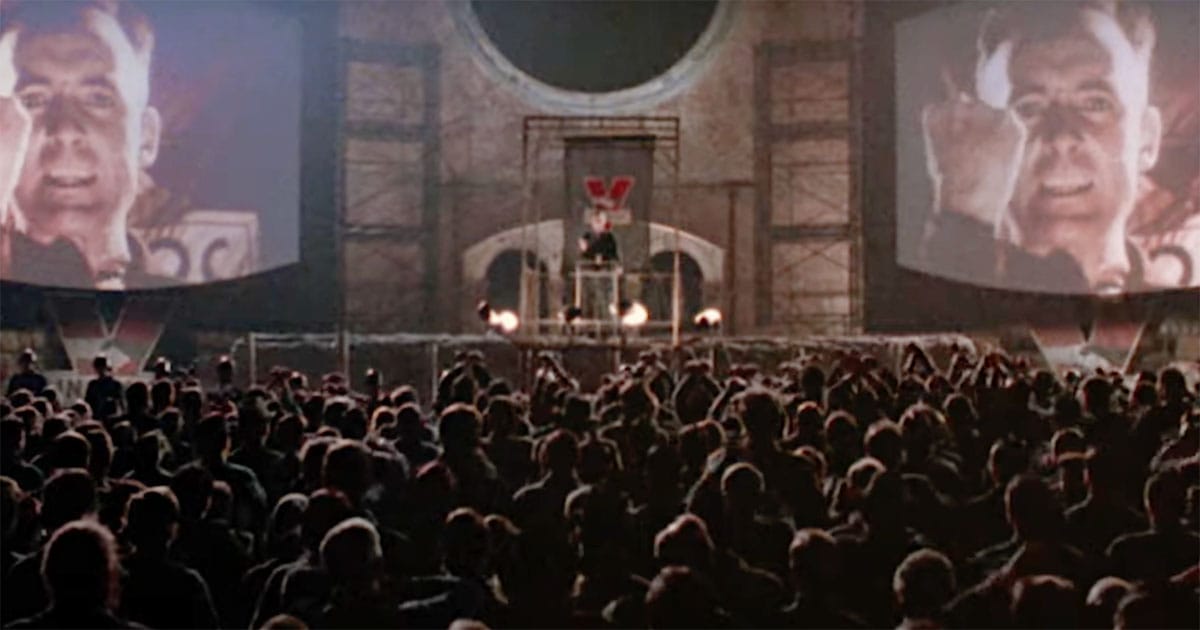
Michael Radford's "Nineteen Eighty-Four" (1984), based on George Orwell's iconic novel, presents a bleak vision of a totalitarian future that remains disturbingly relevant.
Starring John Hurt as Winston Smith, Richard Burton as the enigmatic O'Brien, and Suzanna Hamilton as the spirited Julia, the film captures the grim ambiance of a society under constant surveillance. With a running time of 110 minutes, Radford's adaptation follows Winston, a low-ranking Party member, as he struggles to assert his individuality amidst pervasive control and psychological coercion.
While the film honors the core themes of Orwell's work, it occasionally stumbles in conveying its full philosophical depth. The setting thoroughly immerses viewers in a joyless dystopia, yet sluggish pacing and some repetitive scenes diminish the emotional intensity of Winston's journey. Critics frequently commend the film's visual precision, though the screenplay sometimes falls short of translating Orwell's layered warnings into cinematic language. As a result, "Nineteen Eighty-Four" functions as a compelling cautionary tale about liberty's fragility, though its impact may vary depending on the viewer's expectations.
| Attribute | Details |
|---|---|
| Title | 1984 |
| Director | Michael Radford |
| Writer | Michael Radford, George Orwell |
| Actors or actresses | John Hurt, Richard Burton, Suzanna Hamilton |
| Rated | R |
| Runtime | 113 min |
| Box Office | $8,430,492 |
| U.S. Release Date | 22 Mar 1985 |
| Quality Score | 7.0/10 |
Synopsis
"Nineteen Eighty-Four" unfolds in a world where the ruling regime governs every facet of existence. Winston Smith works at the Ministry of Truth, altering historical records to conform to Party doctrine. Disenchanted by the regime's dogma, Winston begins to question the truths he has been taught. His clandestine relationship with Julia offers a brief interlude from the drudgery, a taste of genuine human connection.
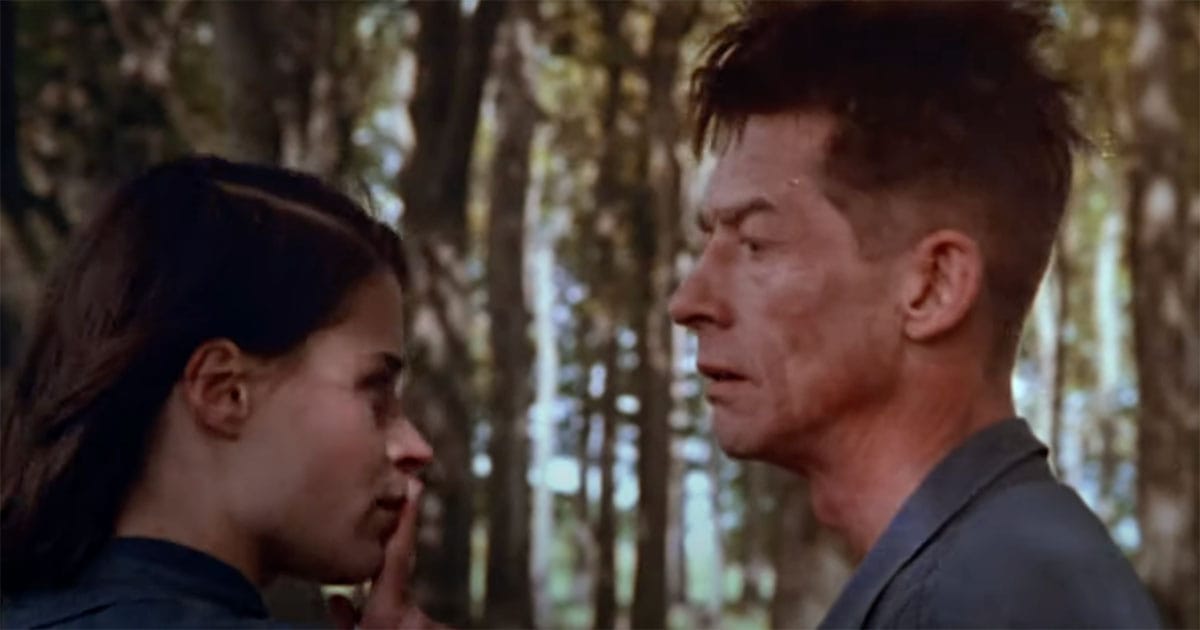
Their bond grows as they commit quiet acts of defiance, believing they have found an ally in O'Brien, a high-ranking official who seems to share their dissent. But O'Brien's allegiance lies with the Party, and his feigned sympathy is a calculated deception. This betrayal propels Winston into a harrowing ordeal of torture and reprogramming.
In the film's closing moments, Winston's resistance crumbles under relentless psychological assault. He emerges a hollow man, outwardly embracing the Party's orthodoxy. "Nineteen Eighty-Four" concludes on a grim note, underscoring the erasure of self in the face of absolute power.
Themes
Radford's adaptation vividly illustrates a world stripped of autonomy and truth. From the outset, the cinematography envelops the viewer in washed-out grays and brutalist architecture. These visual choices reinforce the sense of omnipresent control and spiritual desolation. The looming presence of telescreens and the sterile environment reflect a society engineered to suppress any deviation from orthodoxy.
Sound plays a crucial role in heightening this atmosphere. The unceasing hum of surveillance devices and the dirge-like score underscore the tension in each frame. Winston's internal decay is mirrored in the film's auditory design, drawing the audience into his private anguish.
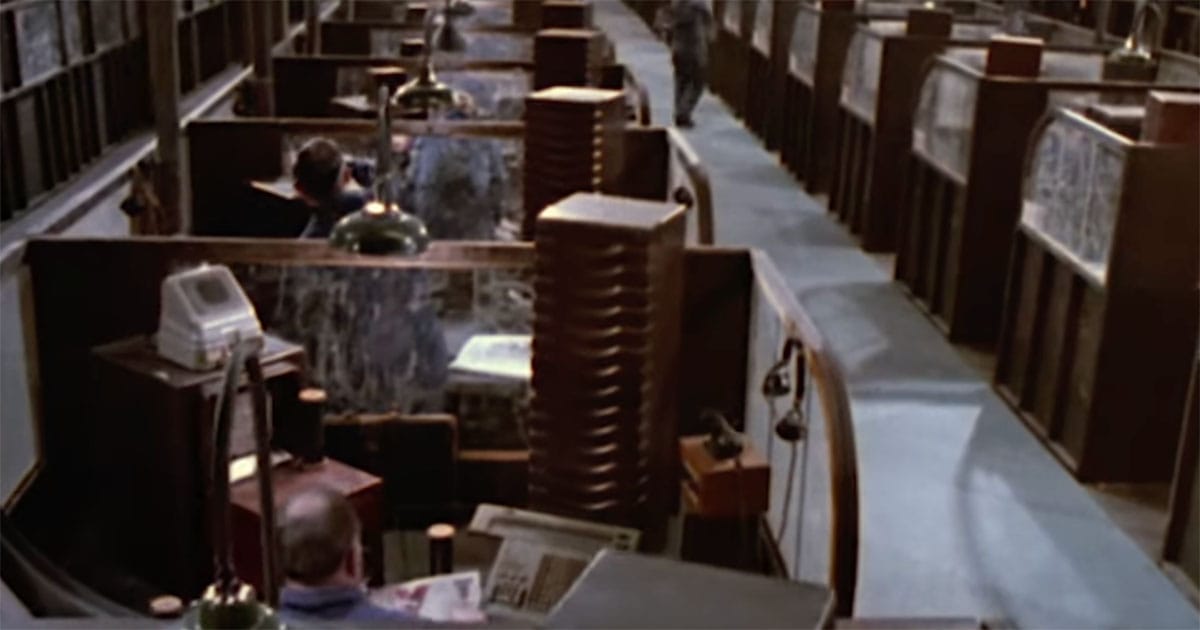
Central to the narrative is the manipulation of truth. At the Ministry of Truth, history is endlessly revised, and objective reality is obliterated. The Party's capacity to redefine the past cultivates a populace unable to anchor itself in factual memory. This concept, while foundational in Orwell's novel, finds striking expression here through the monotony of Winston's labor and his eventual capitulation.
The romance between Winston and Julia serves not as a sentimental respite but as an existential rebellion. Their intimacy, though fleeting, symbolizes the last vestiges of personal freedom. The contrast between their moments of privacy and the sterile society around them highlights the human cost of totalitarian rule.
As the narrative proceeds, the theme of power crystallizes through Winston's descent. O'Brien, revealed as the regime's instrument, embodies the cold logic of authoritarianism. The interrogation scenes, marked by calculated cruelty, culminate in Winston's psychological demolition. The film thereby presents the terrifying efficiency with which a regime can manufacture loyalty through fear and conditioning.
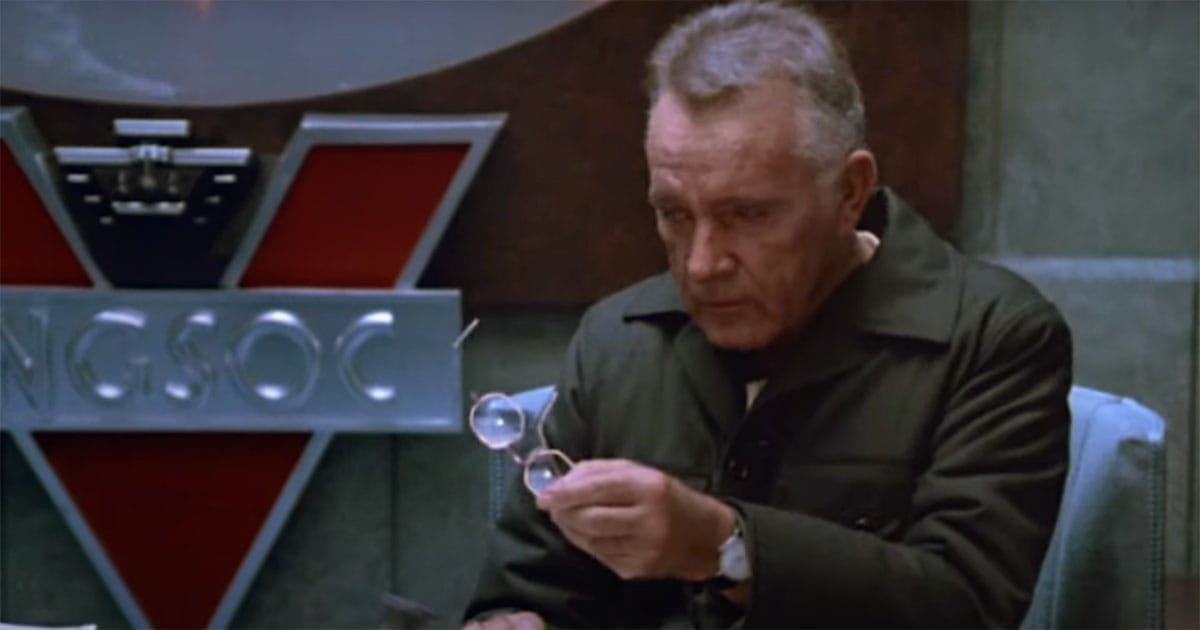
Radford's use of light and shadow becomes another thematic layer. The omnipresent gloom rarely lifts, symbolizing the characters' entrapment in a system that allows no reprieve. Windows are scarce, natural light is almost absent, and most scenes are framed within the confines of narrow corridors and cramped rooms. The visual design contributes to the feeling that escape—from surveillance, ideology, and despair—is improbable and conceptually unthinkable.
Ultimately, the film invites reflection on the mechanisms of control and the fragility of personal truth. Through its stark imagery and disciplined storytelling, Radford delivers an experience that lingers, prompting questions about freedom, memory, and resistance. This is a world where rebellion begins not with weapons but with the dangerous act of thinking independently.
Who Will Watch This
Viewers drawn to thought-provoking cinema and dystopian narratives will find much to engage with in "Nineteen Eighty-Four." This film appeals to those who value intellectual depth over entertainment spectacle—individuals more inclined to contemplate the implications of surveillance, state control, and ideological conformity. For such audiences, Radford's meticulous construction offers a powerful, if deliberately bleak, viewing experience.
Students of political theory, psychology, and media studies will find the film instructive, as it provides a concrete visualization of Orwellian concepts. It shows how regimes shape perception through language and imagery, and how control over information becomes indistinguishable from control over reality. In academic settings, the film serves as a springboard for discussions on propaganda, social conditioning, and resistance within closed systems.
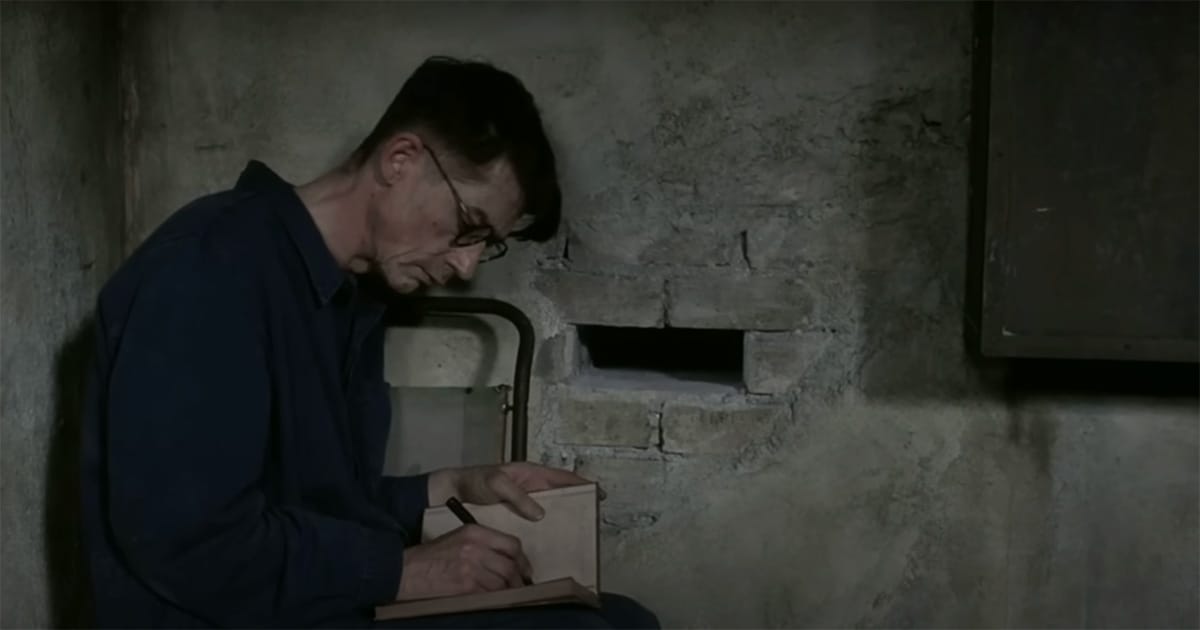
Likewise, readers of the original novel may appreciate the film's visual translation of complex ideas, even if it occasionally sacrifices emotional breadth for conceptual rigor. While potentially alienating casual viewers, the adaptation's commitment to austerity demonstrates respect for Orwell's intent. It captures not just the plot, but the pervasive dread and existential weight that make the novel enduringly significant.
With a penchant for stark realism and atmospheric tension, Cinephiles will find Radford's methodical direction appealing. The film invites quiet viewing and reflective discussion, particularly in settings where broader societal concerns—such as censorship, propaganda, or collective memory—are under consideration. It joins the ranks of contemplative dystopian cinema alongside Tarkovsky's "Stalker" or Resnais' "Hiroshima Mon Amour," films that reward patient viewers with lasting insight.
"Nineteen Eighty-Four" is not for those seeking action or escapism. Rather, it is a film that demands attention and contemplation. It may feel slow or emotionally distant at times, but this restraint is precisely what lends it gravity. For viewers who engage its philosophical underpinnings, it offers a haunting meditation on the cost of submission and the value of independent thought.
In an age where data collection is ubiquitous and truth often contested, Radford's film gains renewed urgency. It asks not only what it means to be free, but whether freedom can survive in a society that no longer values truth. As such, the film is not merely a period piece or literary adaptation—it is a mirror held to the present, offering a warning and a question.

